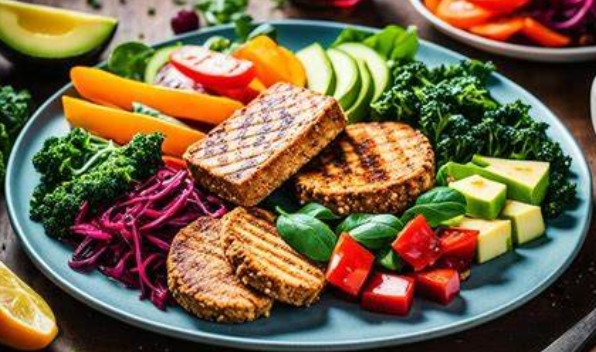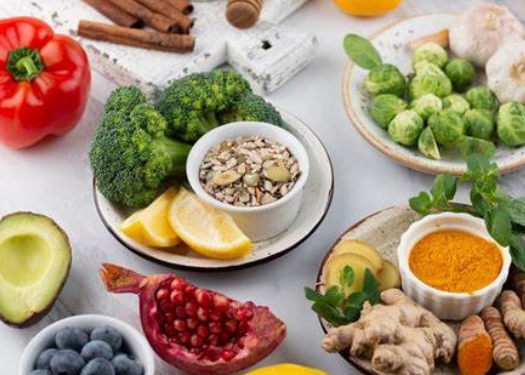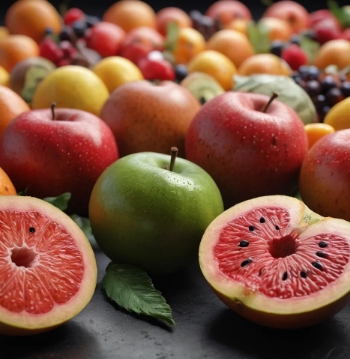When it comes to healthy eating, one of the most effective strategies is learning how to create a balanced plate. A well-balanced meal ensures that your body gets the essential nutrients it needs to function at its best. But what exactly makes up a balanced plate? Let’s break it down.
A balanced plate includes a variety of foods that together provide a mix of protein, carbohydrates, healthy fats, and fiber. By balancing these macronutrients, you’ll ensure your body receives the energy and nutrients it needs to thrive while maintaining steady blood sugar levels and preventing energy crashes.
A simple rule to follow is the “Plate Method”, which divides your plate into three main sections. Half of your plate should be non-starchy vegetables. Vegetables like leafy greens, broccoli, bell peppers, and zucchini are packed with vitamins, minerals, and fiber. They help you feel full and satisfied without adding excess calories. Fiber is also essential for digestion and helps maintain healthy cholesterol levels.
A quarter of your plate should be lean protein. Proteins are essential for building and repairing tissues, including muscles. Good sources of lean protein include chicken, turkey, fish, tofu, beans, and legumes. Protein also helps to keep you feeling full longer and aids in maintaining a healthy metabolism.
A quarter of your plate should be whole grains or starchy vegetables. Whole grains like quinoa, brown rice, barley, and oats, as well as starchy vegetables like sweet potatoes, are packed with energy-boosting carbohydrates. They are rich in fiber and B-vitamins, which are important for sustained energy and brain health. Sticking with whole grains over refined grains (like white rice and pasta) ensures that you’re getting more nutrients and fewer empty calories.
While fat is often misunderstood, it’s an essential part of a balanced diet. Healthy fats support brain function, hormone regulation, and overall cell health. Include sources of unsaturated fats like olive oil, avocado, nuts, seeds, and fatty fish (such as salmon). These fats provide lasting energy and contribute to heart health.
One key to creating a balanced plate is controlling portion sizes. Even healthy foods can contribute to weight gain if consumed in excess. The Plate Method helps by providing a visual guide, but it’s still important to pay attention to how much food you’re eating.
To help you manage portions, try using smaller plates to help control the amount of food you eat. Another tip is to listen to your body’s hunger and fullness cues—eat until you’re satisfied, not stuffed.
While it’s not technically part of the plate, hydration plays an important role in a balanced diet. Drinking enough water throughout the day supports digestion, keeps your skin healthy, and helps your body function optimally. Aim for at least eight 8-ounce glasses of water per day, or more if you’re active.
Building a balanced plate isn’t about perfection; it’s about consistency. By incorporating a variety of foods and focusing on nutrient-dense choices, you’ll provide your body with the fuel it needs to stay energized and healthy. Over time, this balanced approach will become second nature, making healthy eating easier than ever.





